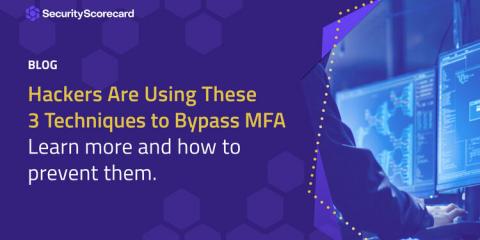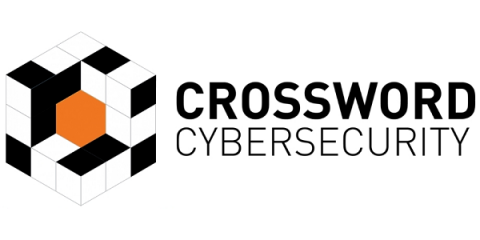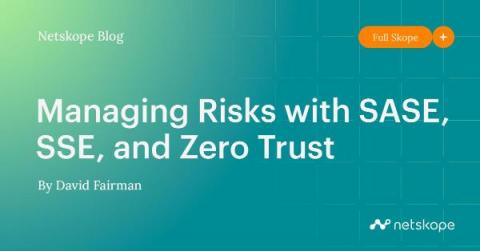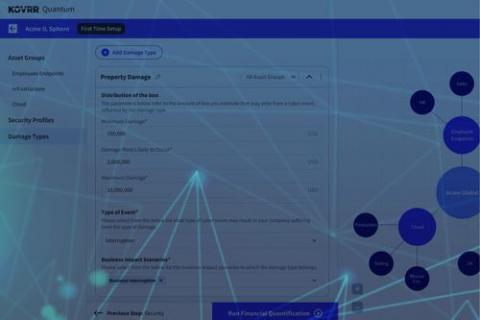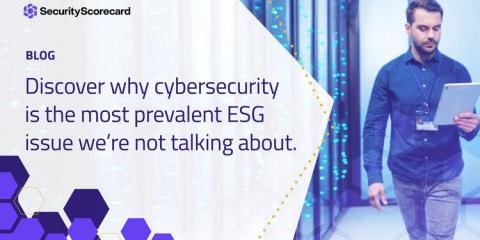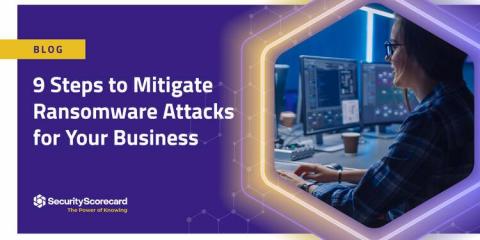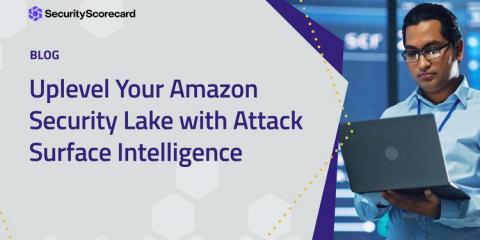2022 End of Year Roundup
In recent times it has become clear to organizations that the handling of data is a very important matter, as the exposure or misuse of data are both a serious threat to an organization's financial standing and reputation, and must be accounted for in each organization's risk posture. In terms of high-profile data breaches, this year has been no different than previous years, seeing its fair share of ransomware attacks and data exposure.



